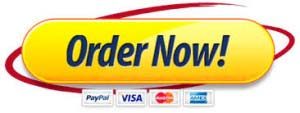Watch the Frontline Video “The Plea” (link above) and discuss the ethical issues related to the Prosecutor, Defense attorney, and Judges involved in this process. You will share your thoughts, discuss issues identified in the text and class discussions and express concerns or opinions about what happened and how or why changes may need to occur. I am functionally empowering you to be an agent of change by expressing how to change the system if you believe it needs doing.


